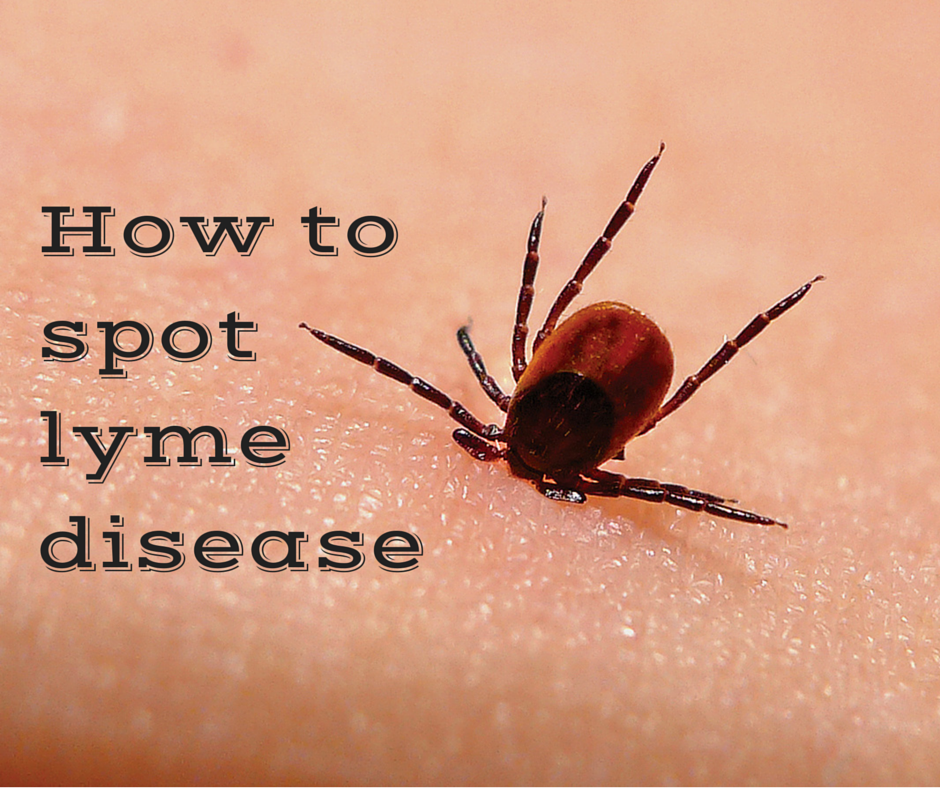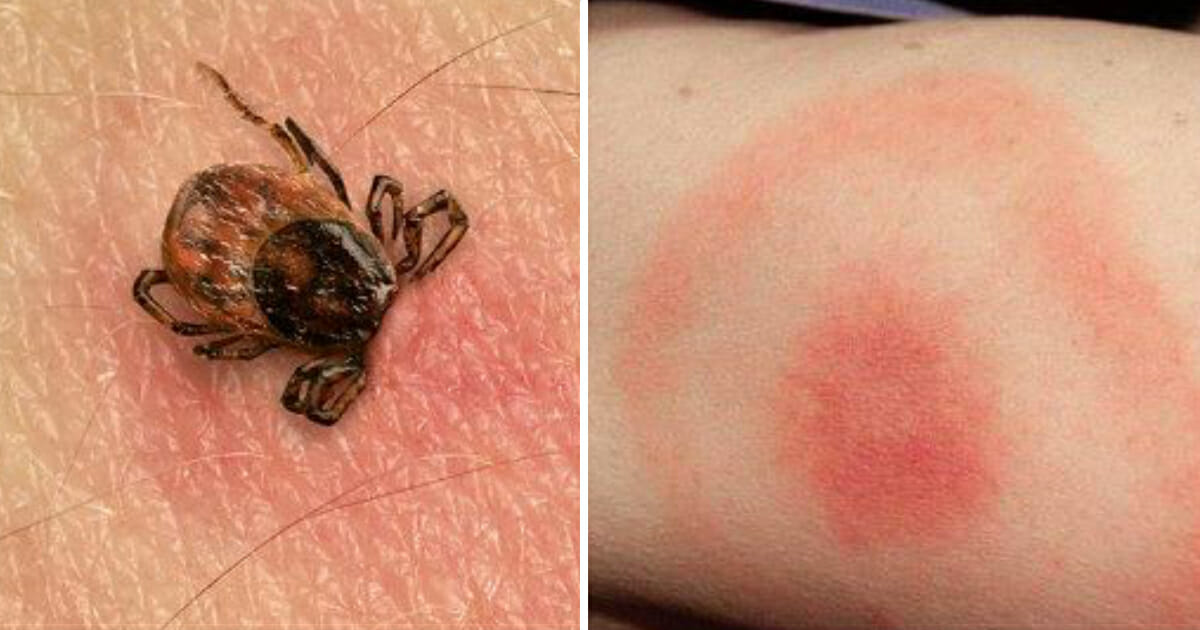

Disease transmission can occur in less than a minute with soft ticks. Soft ticks usually feed for less than one hour. It may take hours before a hard tick transmits pathogens.
#TICK BITE SYMPTOMS FULL#
Disease transmission usually occurs near the end of a meal, as the tick becomes full of blood. The hard ticks tend to attach and feed for hours to days. Although ticks will die eventually if they do not get a blood meal, many species can survive a year or more without a blood meal. The complex life cycles are described in the last web citation below, and all of the web citations include pictures of various tick species. Larvae are very small (about 1/32 of an inch with six legs), while nymphs are about 1/16-1/8 inch with eight legs and adults about 3/16-1/4 inch with eight legs. Except for a few species of larval ticks, the immature phases (larvae, nymphs) usually are even less selective about where they get a blood meal and are known to bite snakes, amphibians, birds, and mammals. Although some larvae have preferred hosts, most ticks in the nymph or adult phase will attach a get a blood meal from several different kinds of animals, including humans. They simply reach out with their legs and grab or crawl onto a host. Usually, the female adult (hard tick) is the one causing the most bites as males usually die after mating. The larvae, nymphs (also termed seed ticks), and adults all need blood meals. Ticks have a complex life cycle that includes eggs, larvae, nymphs, and adult male and female ticks. Hard ticks have a scutum, or hard plate, on their back while soft ticks do not. There are over 800 species of ticks throughout the world, but only two families of ticks, Ixodidae (hard ticks) and Argasidae (soft ticks), are known to transmit diseases or illness to humans. The fossil record suggests ticks have been around at least 90 million years. Ticks are scientifically classified as Arachnida (a classification that includes spiders). Ticks require blood meals to complete their complex life cycles.

What are ticks? What do ticks look like?.


 0 kommentar(er)
0 kommentar(er)
